On October 18, 1898 U.S. troops raised the U.S. flag over Puerto Rico, formalizing U.S. authority over the island’s one million inhabitants during the Spanish-American War.
Read background to this event in the excerpt below from “A Brief History of Puerto Rico” by Johnny Irizarry, Maria Mills-Torres, Marta Moreno Vega, and Anita Rivera in Caribbean Connections: Puerto Rico.
By the nineteenth century, Puerto Ricans were a distinct people, aspiring to achieve independence from Spanish rule and establish their own nation. On September 23, 1868, independence fighters struck out in the Grito de Lares (Cry of Lares) and declared a democratic republic. Although this uprising was not successful for long, it did win a series of concessions, including a process for achieving full independence from Spain.
On July 17, 1898, an independent government was officially installed in Puerto Rico. A week later, however, the island was invaded by U.S. forces.
After 400 years of Spanish domination, the island was now under the control of the United States. The short-lived independence was won against the backdrop of the Spanish-American war, a conflict in which the U.S. contributed to the ouster of Spain from its colonies of Puerto Rico, Cuba, and the Philippines but which set the stage for contentious relations between the U.S. and all three countries for more than a century.
By the time of this pivotal war, Puerto Rico’s indigenous, Spanish, and African roots had blended into the island’s unique political, social, religious and cultural life. Much of what we know today as Puerto Rican culture had been forged by the end of the nineteenth century. Puerto Rico’s artistic and cultural traditions, literature, music, and visual arts are recognized internationally and have made pronounced contributions to the development of artistic expression — in Latin America, among Latinos in the U.S. and internationally.
Religion, especially the Catholic Church, has also played a major role in Puerto Rican history, especially in political, social and cultural traditions. As throughout the hemisphere, the impact of the church has been complex. For the conquistadors, forcible conversion to Christianity served as a justification for the enslavement of the Taínos and Africans. As the centuries passed, however, the Puerto Rican people shaped religion into one of their central modes of cultural expression and, at times, resistance.
A new colonial era began in 1898. Puerto Rico was now ruled as a possession of the U.S. Conflict between the people and their new rulers emerged first over language. Illiteracy was widespread at that time, affecting 85 percent of the population, and the U.S. expected no resistance from the Puerto Ricans when it imposed English-only laws on the island. Puerto Rican intellectuals and independentistas (people who fight for Puerto Rican independence) resisted the replacement of the Spanish language with English. From 1898 until the establishment of the Commonwealth of Puerto Rico in 1952, U.S. governors maintained some type of English-only law over Puerto Rico. In 1952, Spanish once again became the official language of Puerto Rico — although the use of English continues to be required in some educational, governmental and judicial functions.
In 1917 President Woodrow Wilson signed the Jones Act, which made Puerto Ricans citizens of the United States. Those who chose to reject U.S. citizenship would become exiles in their own homeland. Others left the island as a rejection of U.S. domination. U.S. citizenship, extended in the midst of World War I, brought with it the imposition of military service on Puerto Ricans.
For contemporary news about Puerto Rico, check out coverage on Democracy Now!
Teaching for Change offers a free downloadable collection of readings for the classroom on Puerto Rico and an annotated bibliography of books for children.
Find more resources below.

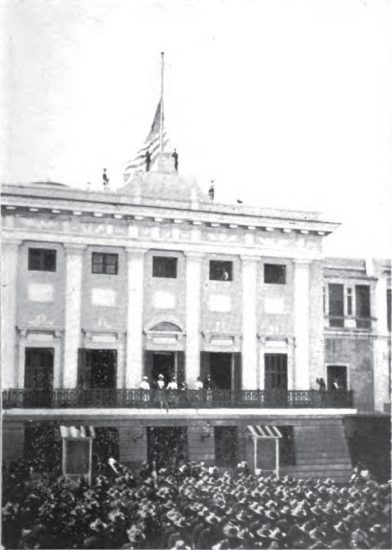
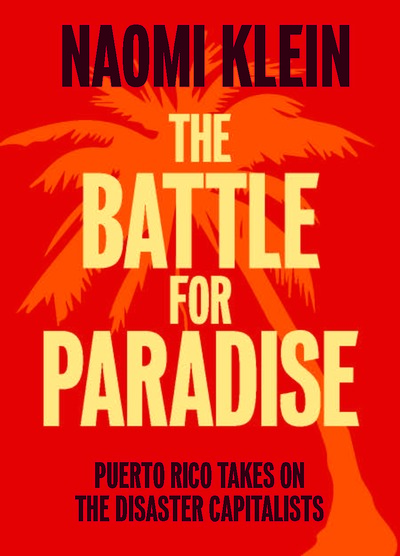
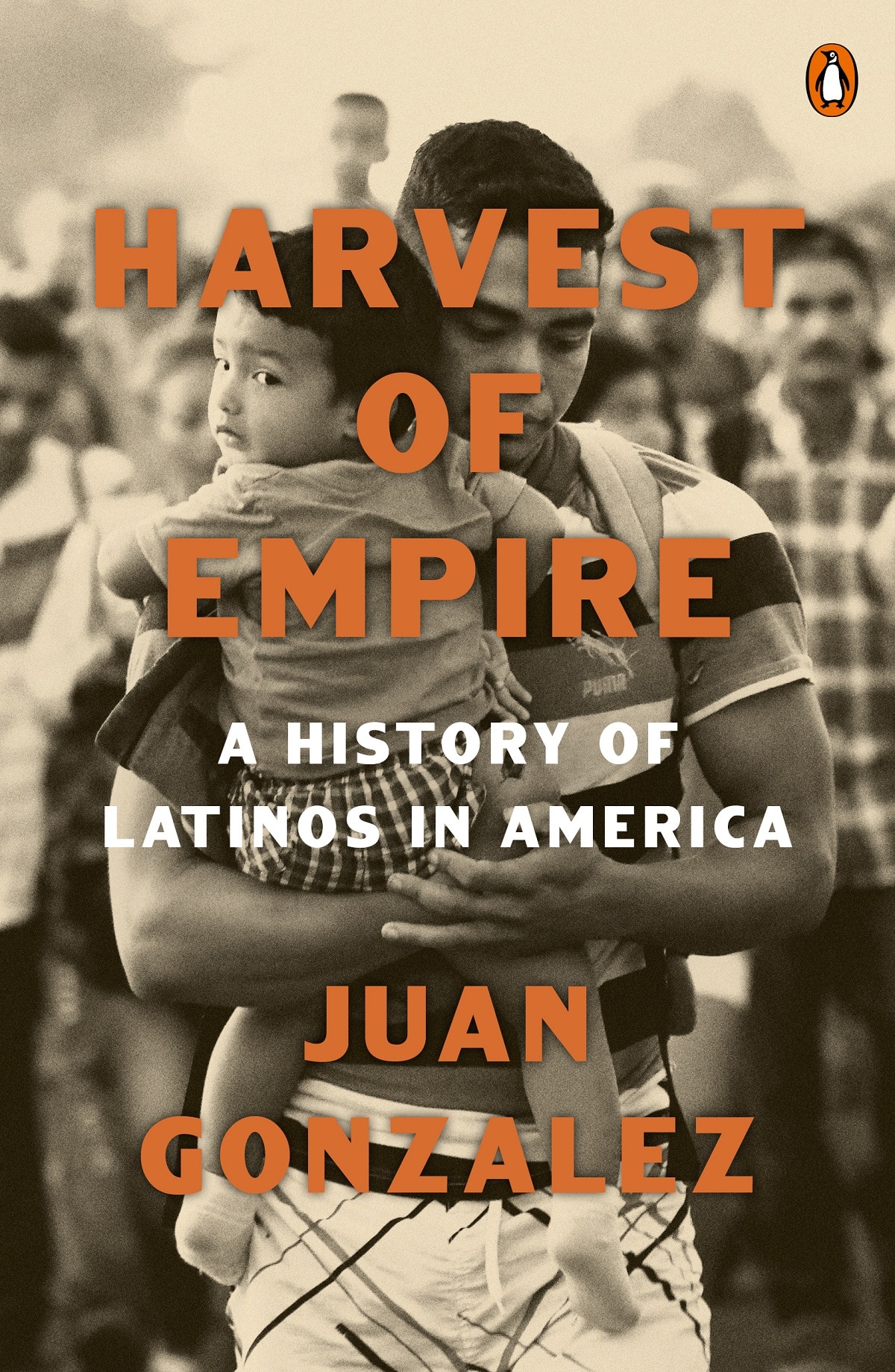
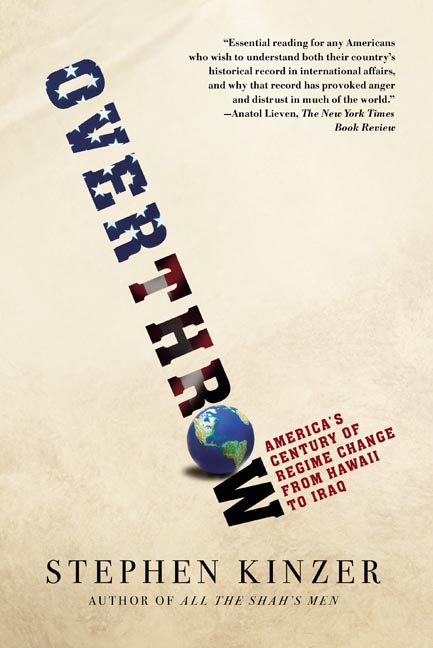
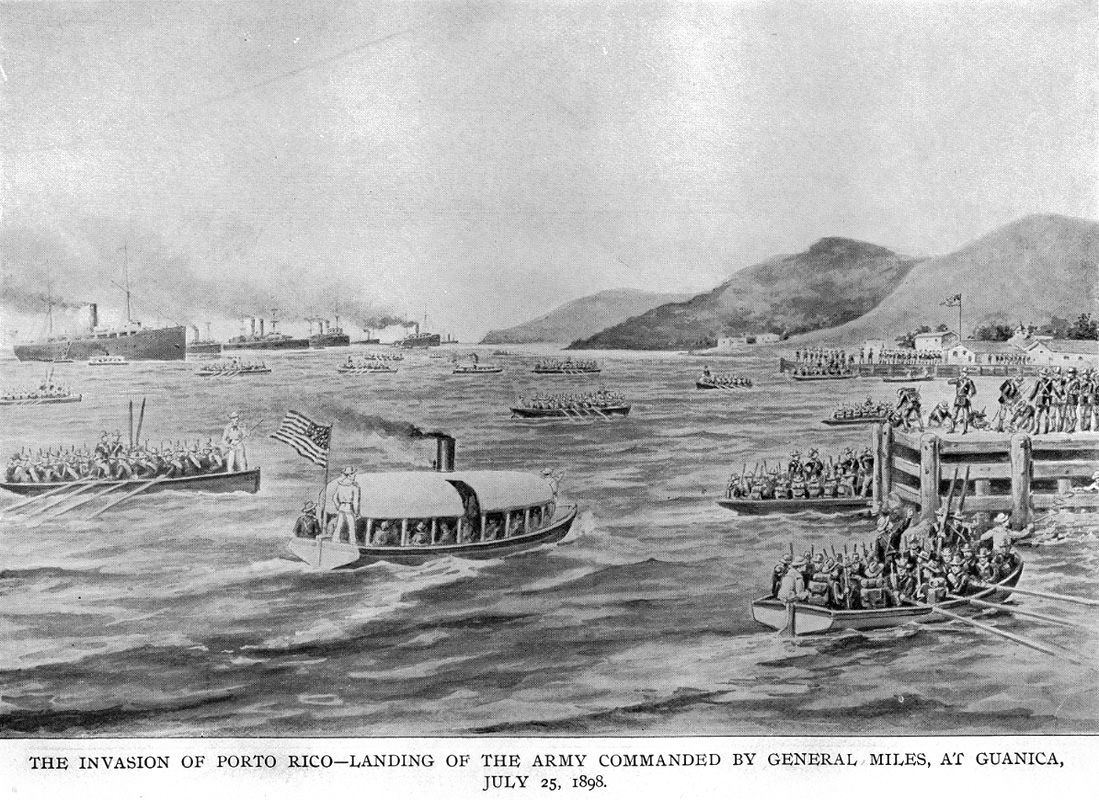
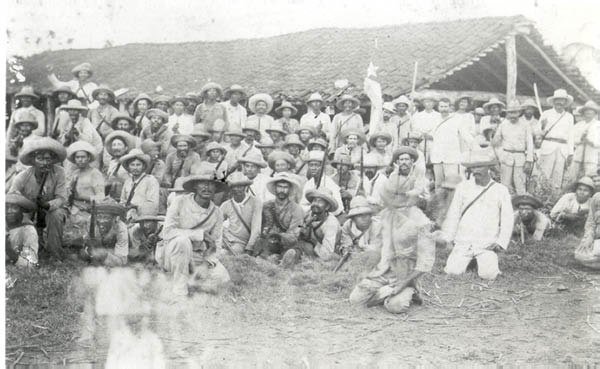
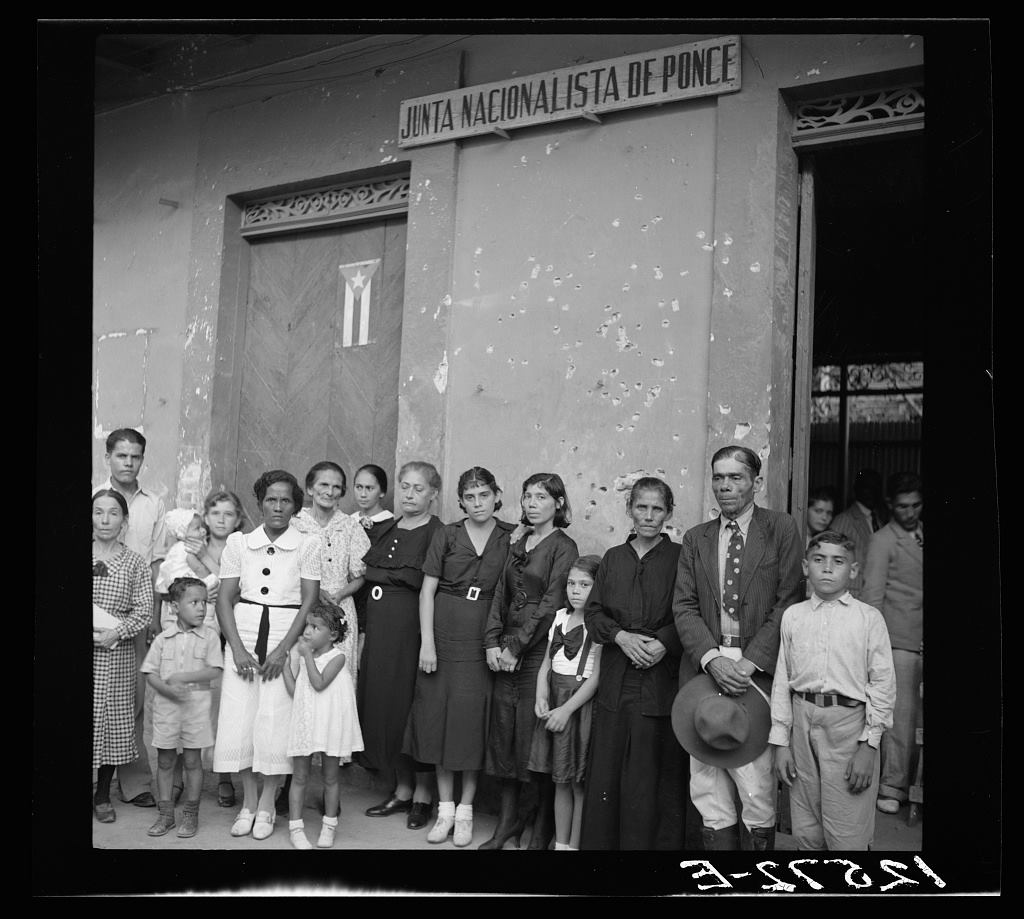
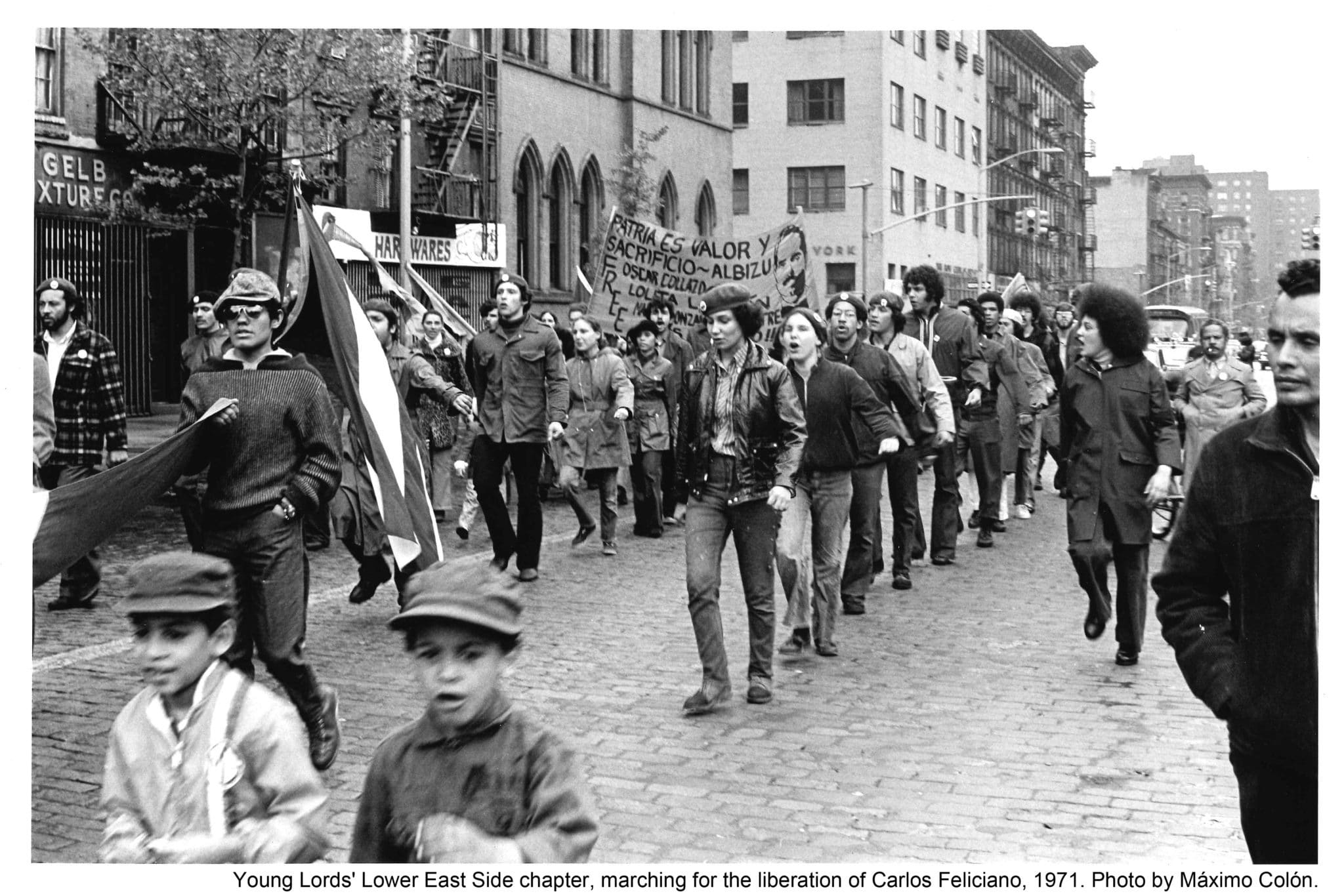
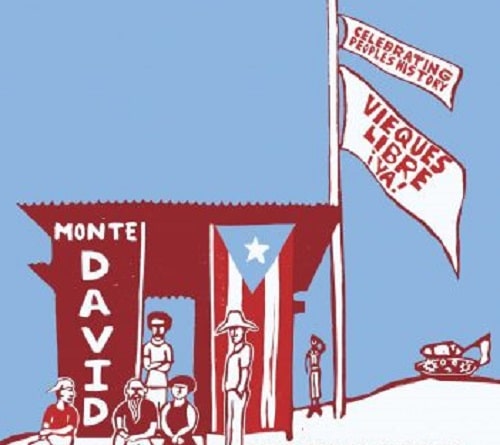
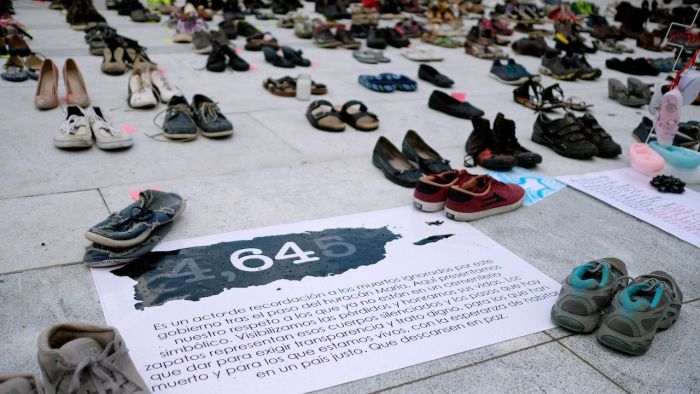





Twitter
Google plus
LinkedIn